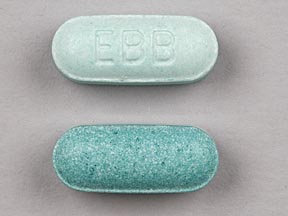Excedrin Back & Body Interactions
There are 511 drugs known to interact with Excedrin Back & Body (acetaminophen / aspirin), along with 12 disease interactions, and 3 alcohol/food interactions. Of the total drug interactions, 67 are major, 376 are moderate, and 68 are minor.
- View all 511 medications that may interact with Excedrin Back & Body
- View Excedrin Back & Body alcohol/food interactions (3)
- View Excedrin Back & Body disease interactions (12)
Most frequently checked interactions
View interaction reports for Excedrin Back & Body (acetaminophen / aspirin) and the medicines listed below.
- acetaminophen
- Advair Diskus (fluticasone / salmeterol)
- Advil (ibuprofen)
- albuterol
- Aleve (naproxen)
- amoxicillin
- aspirin
- atorvastatin
- Benadryl (diphenhydramine)
- Claritin (loratadine)
- Cymbalta (duloxetine)
- Excedrin (acetaminophen / aspirin / caffeine)
- Excedrin Migraine (acetaminophen / aspirin / caffeine)
- Excedrin Tension Headache (acetaminophen / caffeine)
- furosemide
- hydrochlorothiazide
- ibuprofen
- Lasix (furosemide)
- lisinopril
- metoprolol
- Neurontin (gabapentin)
- omeprazole
- prednisone
- Seroquel (quetiapine)
- Topamax (topiramate)
- tramadol
- Tylenol (acetaminophen)
- Tylenol Extra Strength (acetaminophen)
- Tylenol PM (acetaminophen / diphenhydramine)
- Vitamin D3 (cholecalciferol)
Excedrin Back & Body alcohol/food interactions
There are 3 alcohol/food interactions with Excedrin Back & Body (acetaminophen / aspirin).
Excedrin Back & Body disease interactions
There are 12 disease interactions with Excedrin Back & Body (acetaminophen / aspirin) which include:
- alcoholism
- liver disease
- coagulation
- asthma
- GI toxicity
- renal dysfunction
- Reye's syndrome
- PKU
- anemia
- dialysis
- G-6-PD deficiency
- hepatotoxicity
More about Excedrin Back & Body (acetaminophen / aspirin)
- Compare alternatives
- Reviews (2)
- Drug images
- Side effects
- Dosage information
- During pregnancy
- Drug class: analgesic combinations
Related treatment guides
Drug Interaction Classification
| Highly clinically significant. Avoid combinations; the risk of the interaction outweighs the benefit. | |
| Moderately clinically significant. Usually avoid combinations; use it only under special circumstances. | |
| Minimally clinically significant. Minimize risk; assess risk and consider an alternative drug, take steps to circumvent the interaction risk and/or institute a monitoring plan. | |
| No interaction information available. |
See also:
Further information
Always consult your healthcare provider to ensure the information displayed on this page applies to your personal circumstances.


